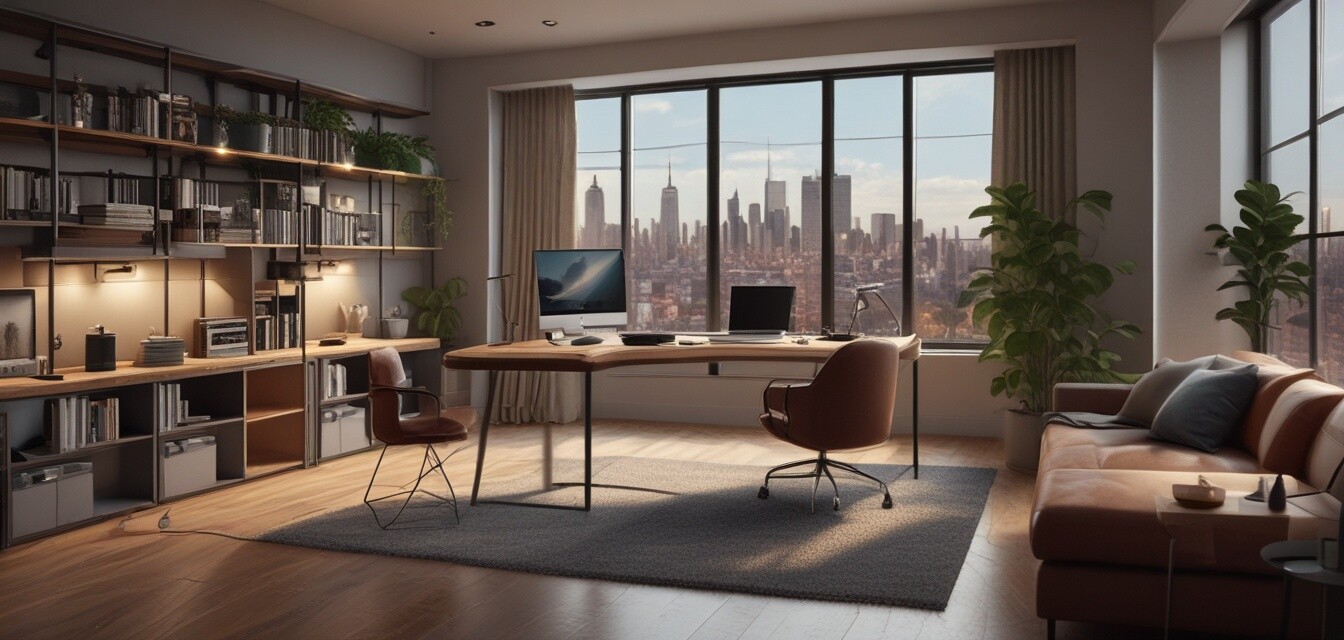
How Remote Work is Influencing Urban Design
Key Takeaways
- The rise of remote work is shifting the demands for urban living spaces.
- Flexibility in designs is becoming a priority for new developments.
- Urban areas are adapting to incorporate more green spaces and community-oriented designs.
- Real estate trends are focusing on adaptable homes that can accommodate work-from-home setups.
As remote work becomes a staple for many businesses, its effects ripple through various sectors, including urban design and real estate. This article explores how the shift to remote work is reshaping our cities, promoting sustainable living, and driving the demand for functional, flexible spaces.
The Changing Landscape of Urban Living
The traditional view of urban living, characterized by cramped apartments and lengthy commutes, is changing as more people opt for remote work options. With professionals no longer tied to physical office spaces, urban designers and planners must adapt to new demands for friendly environments that cater to a hybrid work-life balance.
Demand for Flexible Spaces
In the past, urban spaces were designed primarily for living and commuting. Today, as people increasingly work from home, the need for adaptable living spaces has emerged. Key considerations for new developments include:
- Incorporating home office zones into living spaces.
- Designing multifunctional rooms that can serve as work or leisure areas.
- Ensuring good sound insulation for uninterrupted work.
Impact on Real Estate Trends
With the shift to remote work, real estate trends have evolved significantly. Here are a few ways this transition is influencing the market:
| Trend | Description |
|---|---|
| Increased Demand for Larger Homes | As more people seek to create home offices, the desire for spacious living arrangements has grown. |
| Focus on Suburban Growth | Many city dwellers are moving to suburban areas for larger homes, often with significant outdoor space. |
| Rise of Co-Working Spaces | Communities are creating shared spaces that cater to remote workers in a collaborative environment. |
Urban Design and Green Spaces
Amid the demand for flexible spaces, urban design is also putting greater emphasis on sustainability. Communities are focusing on incorporating green designs and creating outdoor spaces that foster community interaction while providing much-needed areas for work and relaxation.
Benefits of Green Urban Spaces
- Improved air quality due to more trees and plant life.
- Enhanced community bonding through shared communal areas.
- Increased opportunities for outdoor work settings.
Emerging Technologies in Urban Design
With advancements in technology, urban planners are finding innovative ways to create spaces that cater to remote work. Smart city solutions facilitate effective power management and enhance connectivity, making it easier for remote workers to perform tasks seamlessly.
Smart Features
- Integrated internet solutions for reliable connectivity.
- Sustainable energy systems that support eco-friendly practices.
- Advanced public transportation to encourage reducing the need for personal vehicles.
The Future of Urban Design
As we look to the future, urban design will continue to evolve in response to the demands of a workforce that values flexibility and sustainability. Urban planners must balance the needs of communities with innovative designs that prioritize well-being and functionality.
Citing Challenges Ahead
While the movement towards more accommodating urban areas is promising, there are challenges to consider, such as:
Pros
- Increased mobility and flexible living arrangements.
- Stronger community connections and engagement.
- Environmental benefits through sustainable design.
Cons
- Potential for rising housing prices in desirable areas.
- Need for effective resource management in growing cities.
- Strain on infrastructure as populations shift.
Conclusion
The influence of remote work on urban design and real estate trends cannot be overlooked. As we continue to adapt to new work patterns, the need for flexible living and collaborative environments will shape how we approach urban planning. To stay updated on related trends, explore our News and Trends section for insights on evolving work-from-home solutions and much more.